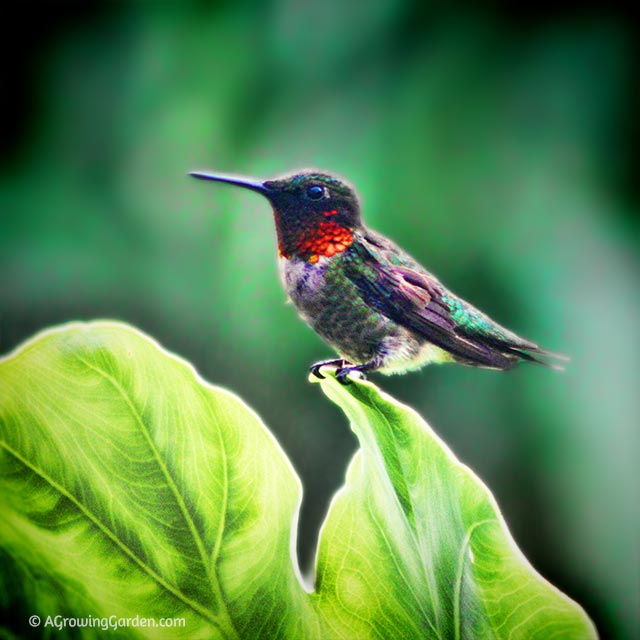
I just love hummingbirds. They are incredibly fascinating little creatures and watching their antics can entertain me for hours.
Although once in a while we get a Rufous passing through here (usually in the fall during migration), the hummingbird we have in Virginia is the Ruby Throated Hummingbird (pictured above perched on the leaf of an Elephant Ear plant in my garden). We have quite a lot of Ruby Throated Hummingbirds in our gardens!
So, how do we attract hummingbirds to our gardens? Well, we hang a bunch of hummingbird feeders all around and try to grow plants that will attract and shelter hummingbirds as well.
Hummingbird Feeders
We usually hang 4 or 5 hummingbird feeders throughout our yard and gardens. The hummingbirds absolutely love them. We are careful to keep the feeders clean and always full of food.
I prefer to use smaller glass feeders (the size that holds about a cup of nectar). I find that most basic hummingbird feeders last only a few years, so I don't buy expensive feeders. I do have a few "glass ball" feeders that look more like works of art than they do hummingbird feeders and, although I love how they look, they don't really work well as feeders ... they tend to leak, or aren't really attractive to the hummingbirds. So, I tend to hang those to display as artwork in the garden rather than using them as feeders.
This is the hummingbird feeder that I prefer -- it's a small, inexpensive feeder with bee guards, and it works well:
I do have one larger feeder that I use too, but in the hot months of summer the birds usually often cannot drink all of the nectar in large feeders before it goes bad and needs to be changed. So, the smaller feeders help reduce the amount of sugar water that gets thrown out and wasted.
It's important to keep the feeders clean and to change the nectar about every 4 days when the weather gets hot. If the nectar becomes cloudy or if black spots appear on the inside of the feeder (mold!), the feeders should be scrubbed with a bottle brush & hot water and refilled with a fresh supply of food.
The basic recipe for hummingbird food is super easy -- 1 part white granulated sugar dissolved in 4 parts water. So, for my 1 cup feeders I use 1/4 cup sugar to 1 cup of water. I do not use any food coloring.
Keep in mind that hummingbirds are rather territorial and will defend their source of nectar (i.e. your hummingbird feeder) from other hummingbirds. We have "hummie wars" here all the time. So, if you hang multiple feeders in different places throughout your yard, you should be able to attract and feed more hummingbirds.
Plants Hummingbirds Love
Hummingbirds are attracted to tubular, brightly colored flowers. If you include different types of plants that flower from spring through the summer, your gardens will be attractive to hummingbirds for the entire season. Here are a few flowers that hummingbirds love:
|
|
In addition to planting flowers that hummingbirds like, it's important that you also provide some shelter for the little birds. Planting different levels of vegetation will give the hummingbirds options for perching. We find that our hummingbirds especially like to perch on the butterfly bush, elephant ears, canna lilies, arundo grass, and bamboo we have planted near our feeders. By providing a variety of plants in your garden along with hanging some feeders, you give hummingbirds more options to both perch and feed.
Some banding studies have shown that hummingbirds tend to return each year to the place they hatched, so once you have started to attract hummingbirds to your garden, the babies may return each year!






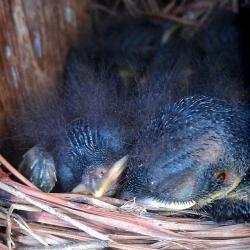
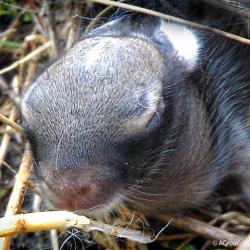
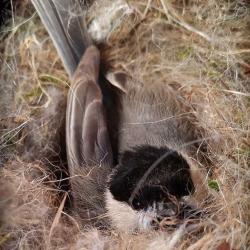
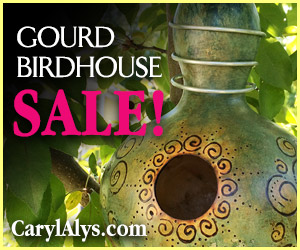
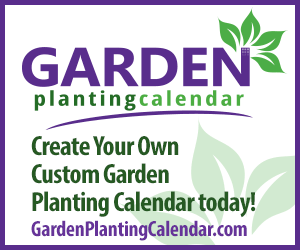

Join the Conversation!